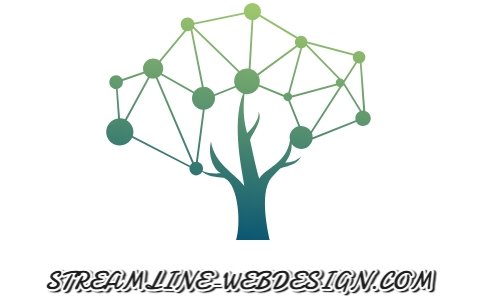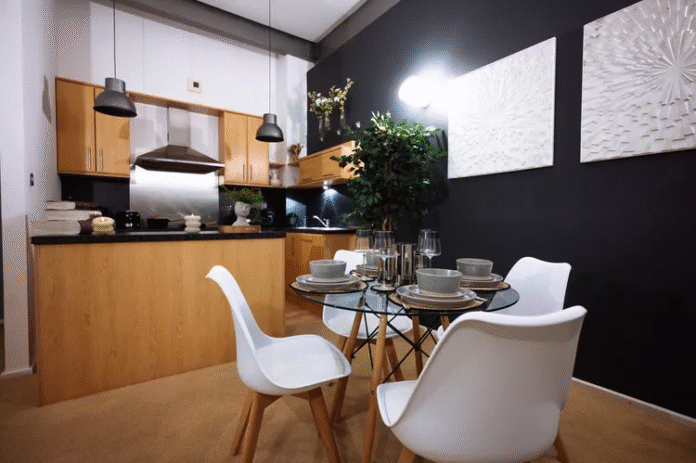
Creating a truly accessible product is no small feat. It’s a process fraught with challenges, setbacks, and moments of frustration. There’s no one-size-fits-all solution, and what worked for one company or individual may not work for another. That being said, the insights shared here are meant to provide a starting point—a foundation for tackling accessibility in a meaningful and sustainable way. However, every experience is unique, and it’s important to approach these challenges with both openness and a willingness to adapt.
As someone who has been deeply involved in accessibility efforts, I have what some might call “strong opinions, but loosely held.” This means that while I stand by the principles and practices I’ve shared, I’m also eager to learn from others and hear about their experiences. Accessibility is a constantly evolving field, and what we know today might not be the best solution tomorrow. The key is to remain open, flexible, and willing to grow.
The Reality of Accessibility: No Silver Bullet
There’s no easy path to making products accessible. If you’re reading this and hoping for a quick fix or a magic solution, I hate to break it to you: there isn’t one. The journey to accessibility is hard—really hard. The odds are often stacked against us, and the frustration of trying to overcome barriers can feel overwhelming at times. But that shouldn’t discourage you. In fact, it should motivate you even more to keep pushing forward.
The reason why accessibility feels like such an uphill battle is because, at its core, it’s about inclusion. And inclusion is not just about adding features or following rules; it’s about dismantling long-standing barriers that have excluded entire groups of people. It’s about challenging the status quo and creating products that invite everyone to participate. That can be a hard pill to swallow when many of us are used to working within traditional systems that aren’t built with accessibility in mind.
Yet, this is precisely why accessibility work is so important. It’s not just about ticking boxes or meeting compliance standards—it’s about genuinely creating an environment where everyone can access and engage with your product, regardless of their abilities. That’s a deeply impactful goal, but one that requires effort, patience, and persistence.
The Struggle with Exclusion
When we talk about accessibility, we can’t ignore the issue of exclusion. It’s easy to focus solely on the positive aspects of making a product accessible, but it’s equally important to acknowledge the damage caused by exclusion. Exclusion doesn’t just happen in physical spaces—it happens in digital environments as well. Every time we overlook the needs of certain users or fail to provide an inclusive experience, we’re reinforcing a cycle of inequality.
Addressing accessibility means breaking down those barriers and challenging the exclusion that has long existed in the digital world. However, this requires more than just technical solutions. It requires a shift in mindset and a commitment to inclusivity at every stage of product development. It’s not enough to think about accessibility as an afterthought or a box to check. It has to be woven into the very fabric of how we build and design our products.
The Importance of Collective Effort
One thing I’ve learned throughout my work on accessibility is that it’s not a solo endeavor. The most successful accessibility initiatives I’ve seen have been those that involved a broad, cross-functional effort. Accessibility isn’t just the responsibility of one team or one department—it’s a company-wide commitment. It requires the involvement of designers, developers, content creators, product managers, and leadership.
The process of making a product accessible is complex, and it requires a collaborative approach. Everyone needs to be on the same page and working toward the same goal. But perhaps the most important thing is ensuring that accessibility isn’t just a one-off project—it needs to be an ongoing practice. It’s about building a culture of accessibility where inclusivity is always top of mind and integrated into every decision made.
Looking Forward: Learning and Growing Together
As much as accessibility work can feel like an individual responsibility, it’s a shared journey. It’s a journey that requires constant learning, adapting, and refining. What worked in one context may not work in another, and sometimes the best solutions come from unexpected places. That’s why it’s crucial to remain open to feedback and to learn from others who have walked similar paths.
In the end, the success of accessibility initiatives isn’t about completing a checklist—it’s about creating lasting change that allows everyone to engage with your product. It’s about dismantling barriers and opening doors for all users. And yes, it’s challenging, but it’s also incredibly rewarding.
So, while the odds may seem daunting, remember that you’re not alone. This work matters, and the impact it has on people’s lives makes every struggle worth it. The good news is that as we all continue to push forward, we’ll keep learning and improving together. And hopefully, over time, accessibility will become not just a priority, but a deeply ingrained part of how we build the digital world.











